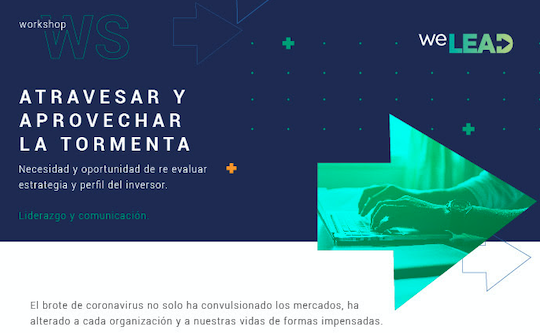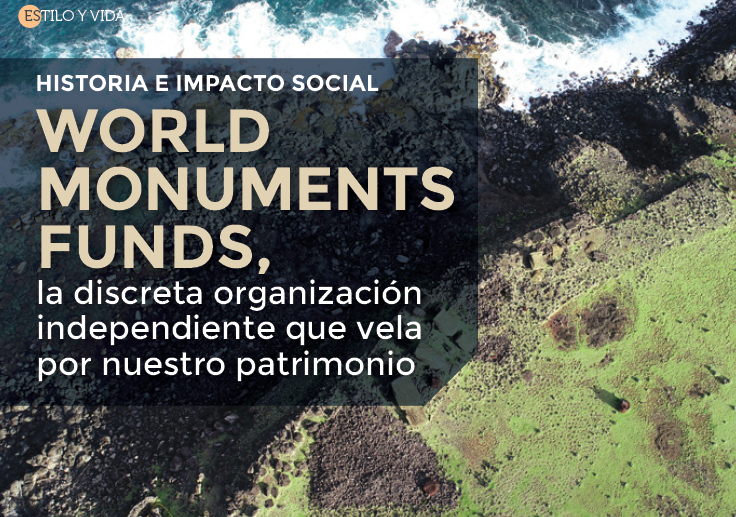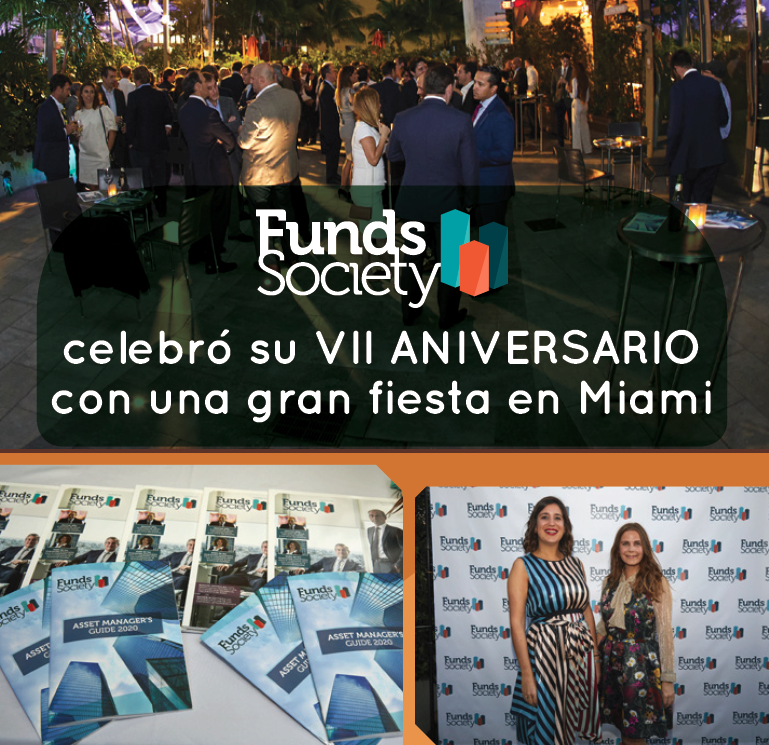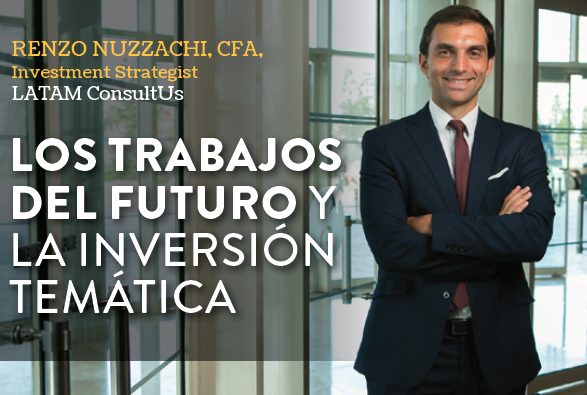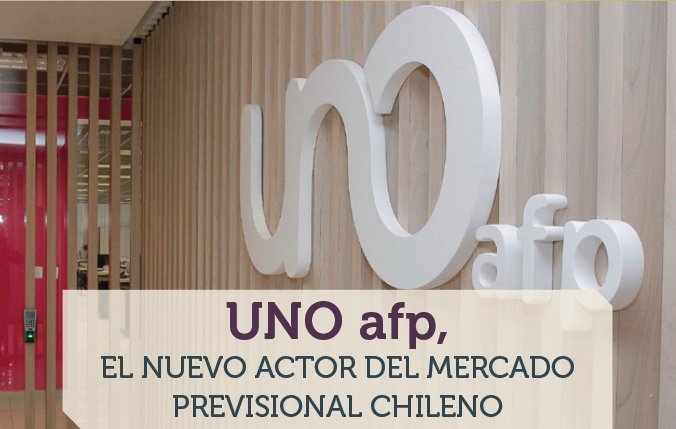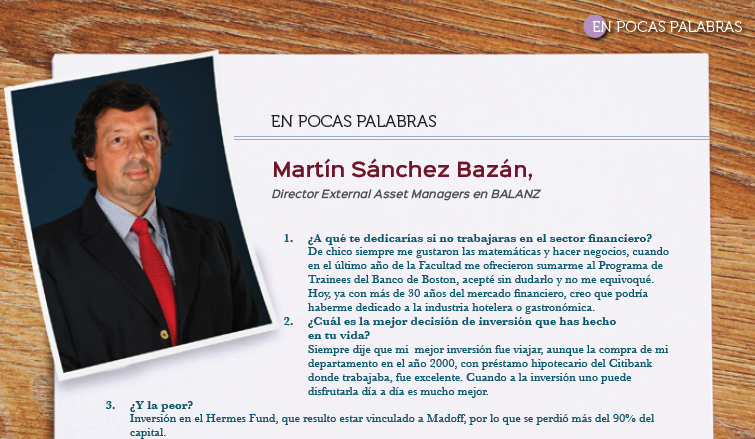Ana Botín, presidenta de Santander, pide a Europa una respuesta “más solidaria” y que se apoye a los empresarios
| Por Beatriz Zúñiga | 0 Comentarios
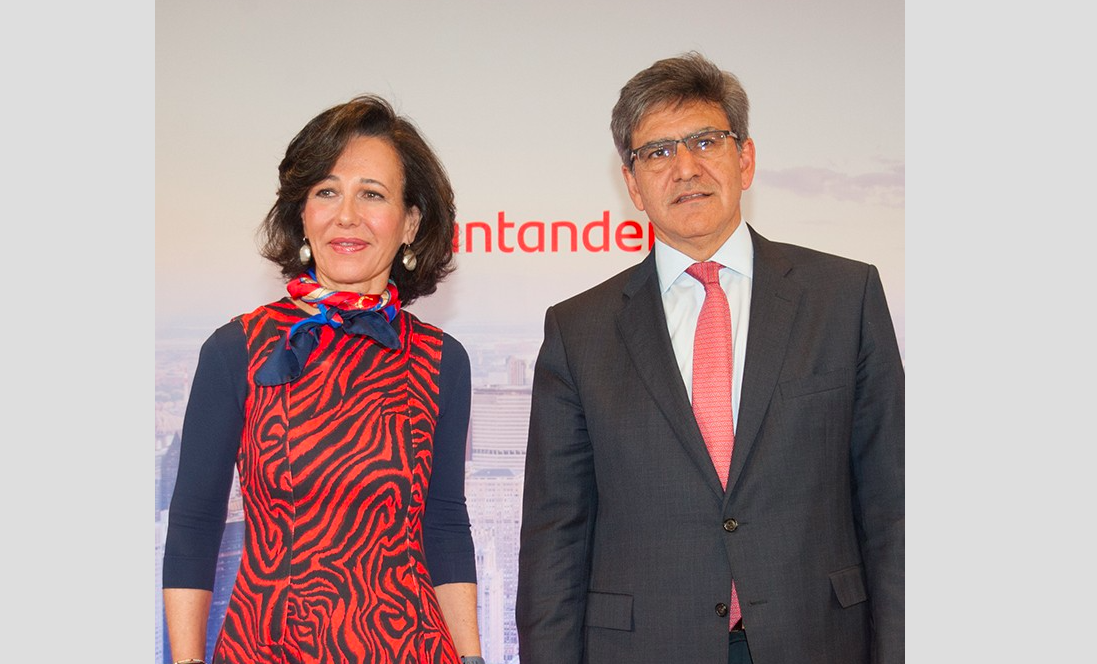
La presidenta de Banco Santander, Ana Botín, ha reclamado a Europa una respuesta “más rápida y más coordinada” ante la crisis sanitaria del COVID-19 y que se apoye a los empresarios “para poder mantener los empleos en un entorno en el que la actividad se ha desplomado”, ya que ésta es la vía para salir más rápidamente de una crisis sanitaria que ha derivado en “una crisis social y económica sin precedentes”.
Botín ha hecho este llamamiento durante su intervención en la junta general de accionistas, que ha aprobado las cuentas anuales correspondientes al ejercicio 2019. Debido a las restricciones a la movilidad impuestas por el Estado de Alarma, el evento se ha celebrado, por primera vez, sin presencia física de accionistas y en Boadilla del Monte (Madrid), en lugar de en la ciudad de Santander. Para la máxima ejecutiva de Banco Santander, este “es el momento de mostrar la cara más solidaria de Europa” con una “respuesta fiscal adecuada, similar a la que ha dado Banco Central Europeo (BCE), para reforzar la confianza de todos los ciudadanos en el proyecto europeo y seguir avanzando en él”.
“Los gobiernos deben proporcionar a las empresas y los hogares la liquidez que necesitan para aguantar los próximos meses y así hacer que la crisis económica sea lo más breve posible y se evite la destrucción del tejido empresarial del país. Desde ahora, y entre todos, colaborando autoridades y sector privado como lo hemos hecho hasta ahora y al igual que lo han hecho algunos países que van por delante, debemos planificar cuanto antes la vuelta al trabajo, de los más jóvenes y de aquellos que ya están inmunizados, y al mismo tiempo asegurar que los más vulnerables a la enfermedad permanezcan protegidos”, ha afirmado.
En su opinión, “esta crisis no es una crisis financiera como la de 2008”, pero podemos extraer lecciones de lo que ocurrió entonces: “Esta crisis global exige una respuesta global y coordinada”. Además, ha insistido en la fortaleza del sistema financiero, “estamos preparados para afrontar desafíos globales como el coronavirus”, y ha subrayado también el papel que Banco Santander está desempeñando para ayudar a combatir esta crisis y apoyar a sus empleados, clientes, accionistas y las comunidades donde opera.
Junta de Accionistas y resultados
A raíz esta crisis, el BCE emitió el 27 de marzo de 2020 una recomendación en la que insta a las entidades financieras a que, dada la incertidumbre económica derivada de la crisis del COVID-19, traten de preservar el máximo de capital posible. La presidenta de Santander ha asegurado que el consejo de administración comparte esa visión y, por ello, antes incluso del anuncio del supervisor europeo, en la sesión celebrada el 23 de marzo, el Grupo ya había acordado cancelar el dividendo a cuenta con cargo al presente ejercicio y posponer la decisión sobre dividendos con cargo a 2020 hasta tener mayor visibilidad sobre el potencial impacto de esta crisis.
Tras esta recomendación del BCE, que insta a preservar capital cancelando los dividendos con cargo a los resultados de 2019 y 2020, el consejo ha decidido cancelar la política de dividendos para 2020. Con ello, Santander tiene la capacidad de conceder 60.000 millones de euros adicionales en créditos. Asimismo, el consejo decidió este jueves, en línea con la recomendación del BCE, suspender el pago del dividendo complementario de 2019 y celebrar una nueva junta de accionistas, previsiblemente en octubre de 2020, en la que dependiendo de la situación se podría plantear un pago a los accionistas si las incertidumbres con motivo del coronavirus se han resuelto.
“Soy consciente de que, para muchos miles de personas que valoran de manera especial el dividendo, esto no es una buena noticia y puede suponer mayor presión financiera en un momento ya de por sí malo. El consejo y yo misma tenemos que considerar, al tomar este tipo de decisiones, el interés general de todos los accionistas, pero también de la sociedad en su conjunto, y actuar velando por la sostenibilidad del Grupo y las indicaciones del supervisor”, ha explicado.
En lo relativo al capital, la presidenta de Santander ha mostrado su confianza en que la ratio de capital de máxima calidad del primer trimestre esté en línea con el cierre de 2019, incluyendo el impacto de las operaciones inorgánicas cerradas en el trimestre. Respecto al resto de objetivos fijados en el Investor Day de 2019, ha señalado que se revisarán una vez se despejen las dudas y se estabilice la situación.
La presidenta de Santander ha anunciado que los objetivos estratégicos a medio plazo serán revisados una vez que se tenga claridad sobre el impacto económico de esta crisis, pero al mismo tiempo ha insistido en que los pilares sobre los que se asienta la estrategia del Grupo se mantienen invariables: mejorar el rendimiento operativo, optimizar la asignación de capital hacia las regiones y negocios que generen mayores retornos y acelerar la transformación del Grupo.
Durante la Junta de Accionistas, además de presentarse y aprobarse los cuentas de 2019, la junta aprobó la reelección de Ana Botín, Rodrigo Echenique, Esther Giménez-Salinas y Sol Daurella; el nombramiento como consejero externo de Luis Isasi, que también será presidente no ejecutivo de Santander España; el nombramiento de Sergio Rial, actual consejero delegado de Santander Brasil, como consejero ejecutivo, y la ratificación del nombramiento y reelección de la consejera independiente Pamela Walkden.
Para Botín, estas incorporaciones al consejo suponen reforzar el conocimiento y la experiencia en el sector financiero, y reflejan la importancia de estos dos países para el Grupo. Los nombramientos de Isasi y Rial están condicionados a la obtención de las autorizaciones regulatorias correspondientes. También se ha aprobado la renovación del auditor de cuentas externo para el ejercicio 2020, así como los sistemas de retribución de los administradores y el informe anual sobre remuneraciones de los consejeros.
Ser parte de la solución
Por último, Ana Botín ha repasado en su discurso algunas de las iniciativas puestas en marcha por el Grupo a nivel mundial para dar respuesta al desafío del COVID-19. En lo que respecta a los empleados, ha destacado que la inversión en tecnología de los últimos años ha permitido que más de 100.000 trabajadores desarrollen su actividad desde casa, asegurando la continuidad operativa y de negocio del banco.
Asimismo, en los países más afectados, como España, el banco ha cerrado temporalmente una parte significativa de su red de oficinas para minimizar la exposición de los empleados sin dejar de atender a los clientes. Botín dijo: “Todos tenemos una responsabilidad individual en esta crisis: desde cómo vivimos hasta cómo nos relacionamos con los demás y cómo podemos ayudar. Y las empresas somos parte de la solución”, ha destacado la máxima ejecutiva de Santander.
Además, Botín ha recordado que el banco se ha comprometido a no hacer ningún expediente de regulación de empleo en España y otros países: “Porque es esencial que los que podamos hacerlo, mantengamos ahora el empleo para que las personas que trabajan en el banco puedan contar con su sueldo para superar la crisis y ayudar a los que tienen cerca. Para salir de la crisis económica, necesitamos empresarios que inviertan y creen puestos de trabajo”.
También se ha referido a la creación del fondo de ayuda denominado ‘Juntos’, que estará dotado con al menos 25 millones de euros y que se destinará a comprar y donar equipamiento y material sanitario y ayudar así a contener la expansión del virus. La dotación inicial de este fondo proviene del recorte de la retribución del equipo directivo y el consejo del banco y se complementará con aportaciones voluntarias del resto de empleados






